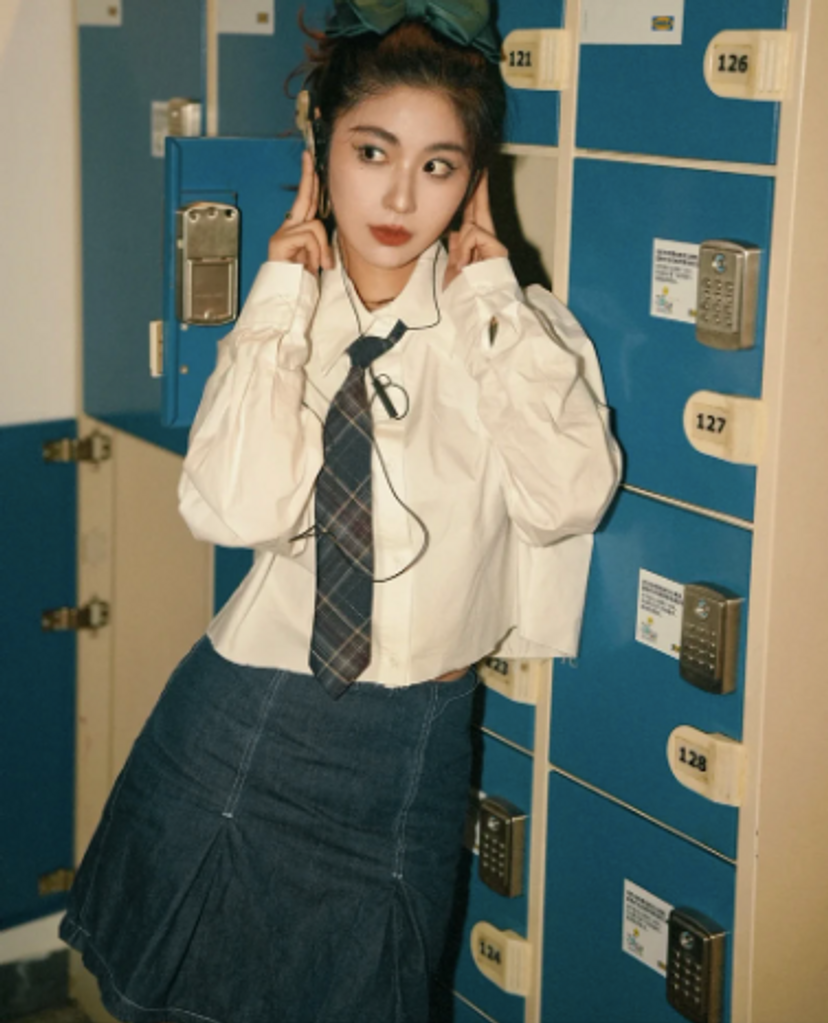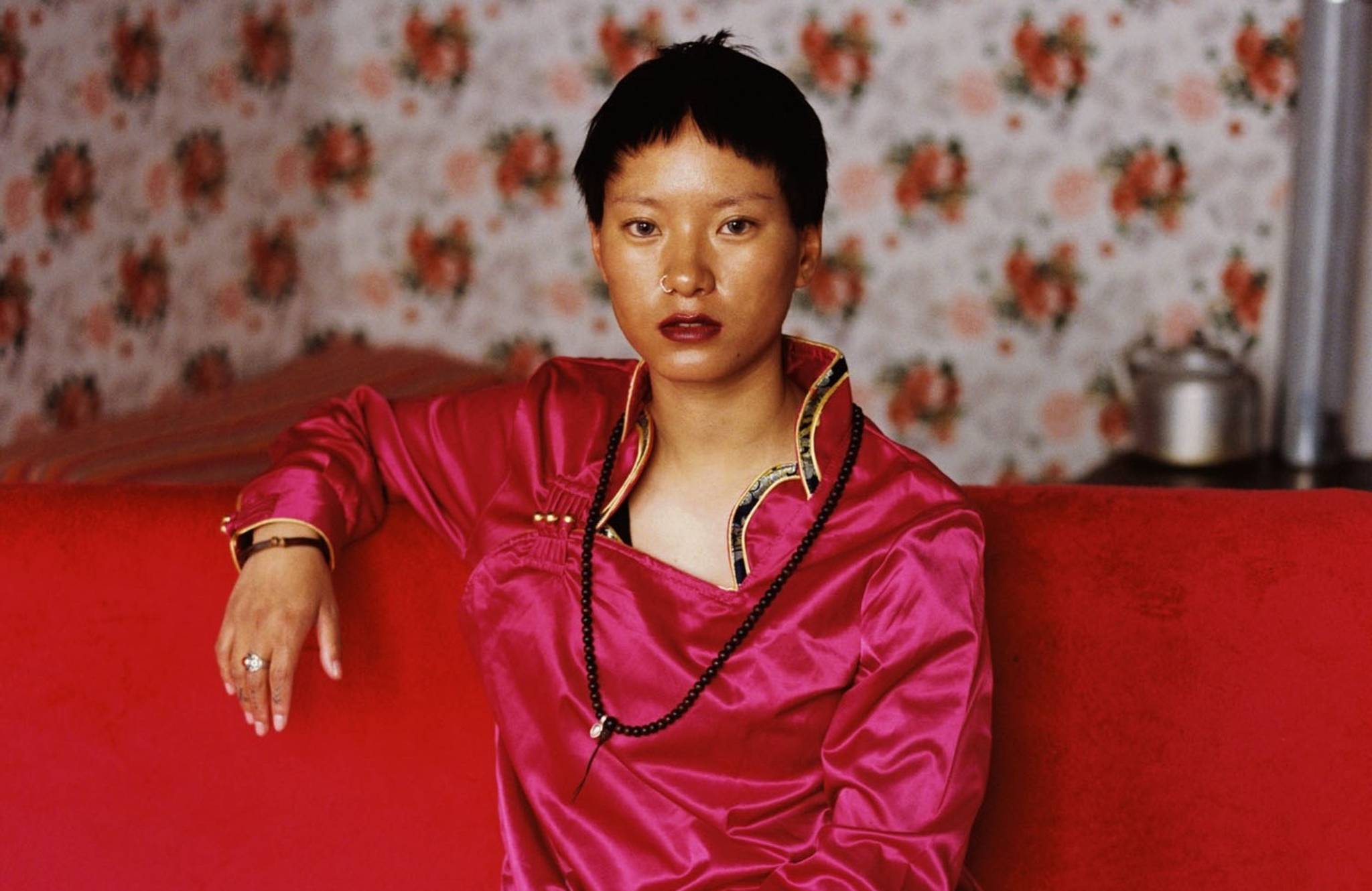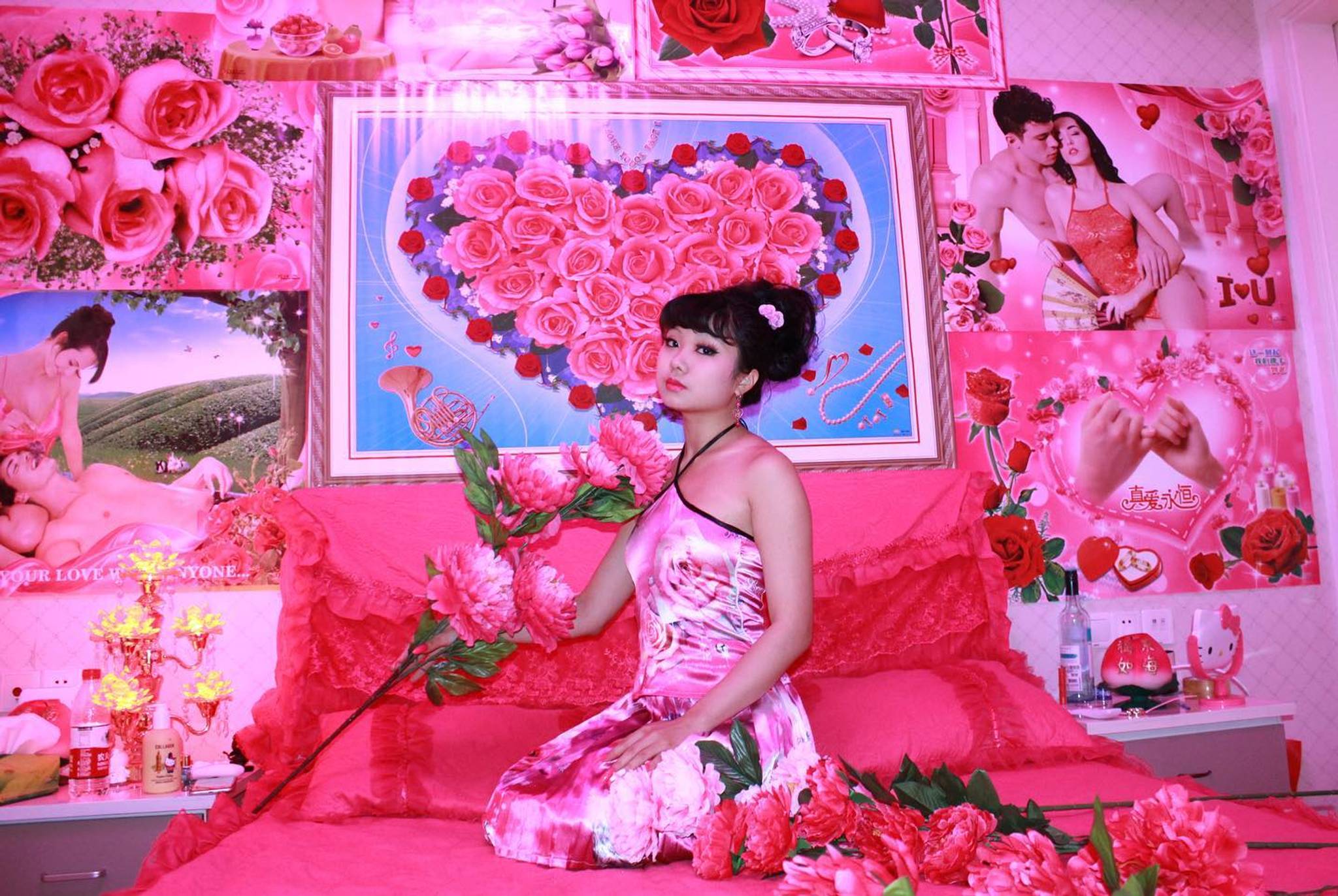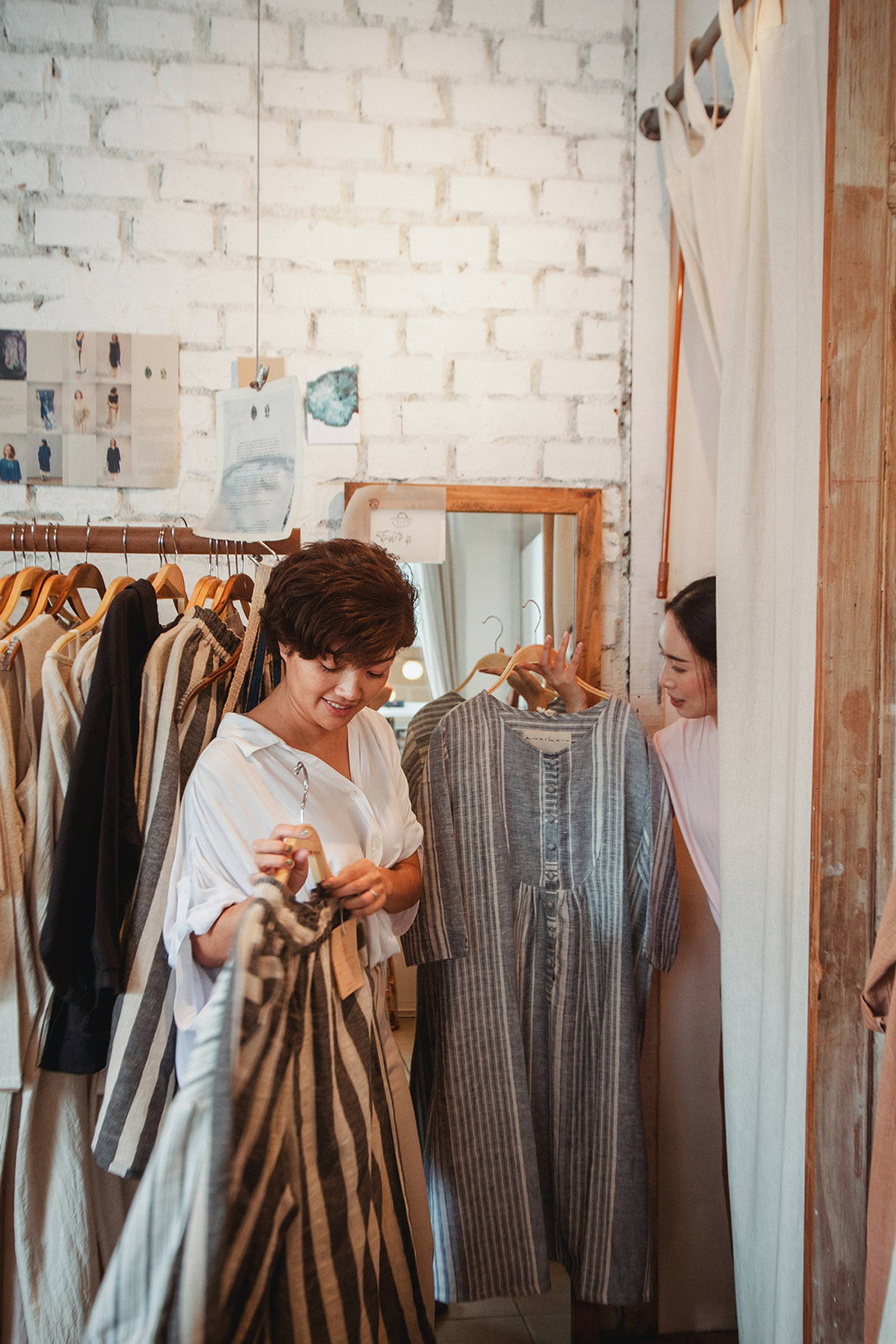
Inspired by Western aesthetics and ideals, Chinese influencers have been flocking to IKEA to pose for photos in front of lockers as they play a starring role in their very own American fairytales. But as ‘Americancore’ continues to flow into the East, will these romanticised ideals stick?
It’s that time of year when back-to-school imagery is everywhere – school-style stationery dominates local supermarkets, ads are plastered all over bus stops, and ‘that (school) girl’ morning routines are cropping up on TikTok feeds across the globe.
The annual resurging images of school dining halls, uniform lockers, pleated skirts, and white collared shirts can spark both nostalgia and panicked teenage angst among the general public. But how are people using these familiar, often negative return-to-school emotions to create fresh, fun experiences?
One unexpected place where back-to-school feelings are manifesting is within the maze-like aisles of IKEA in China, where influencers are posing in ‘Clueless’-esque yellow plaid skirts and attire similar to American private schoolgirl-aesthetics. These outfits are sometimes paired with other American symbols, such as Coca-Cola bottles, and are a sign that such aesthetics are deeply embedded in Chinese culture.
These impromptu photoshoots allow influencers and their followers to get a taste of the American high school experience without having to travel halfway across the world. However, these photoshoots seem more reminiscent of pop-culture shows that portray American school experiences like Euphoria, Riverdale, or Stranger Things (without the demogorgons, of course) rather than a realistic representation of life in the American school system.
This combination of nostalgia and newness, otherwise known as ‘newstalgia’, is resonating with influencers and their audiences in China – allowing them to find comfort and familiarity in something they haven't experienced firsthand. But where else does this nostalgic-yet-new interest lie? Video games, that's where. With the impact of the pandemic encouraging people to embed themselves in all things digital, gaming has seen its popularity reach record levels.
In China, there are over 685 million gamers – almost half the country’s population – and Chinese video game revenue was estimated to be around $46 billion in 2021. The recent Sims 4 High School Years expansion pack taps into ‘newstalgia’ behaviours, especially when paired with growing teenage angst. In the expansion pack, you can escape chaotic times by recreating your high school experience. By immersing yourself in a school with locker-lined walls, dressing your Sim in plaid miniskirts, and eating terrible cafeteria food while you watch your crush get a proposal from the school bully, it allows players from all over the world to experience an American-style schooling experience on their terms.
There’s a parallel between the locker photoshoots posted by Chinese influences and Sims 4 High Schools Years, where the American portrayal of school is trendy. Both the photos and the simulation game rekindle feelings of a space and time that are familiar to people, but still fresh in their modern appeal with the power of social media propelling these trends to new heights. But all good things come with a catch.
The power of the locker photoshoots didn't just break the internet, but also the patience of IKEA security guards who had to ban influencers from taking pictures by the iconic blue lockers. As gimmicks come and go and the relentless trend cycle shows no signs of slowing, will mixing the old with the new appeal to consumers on a local and global scale?



